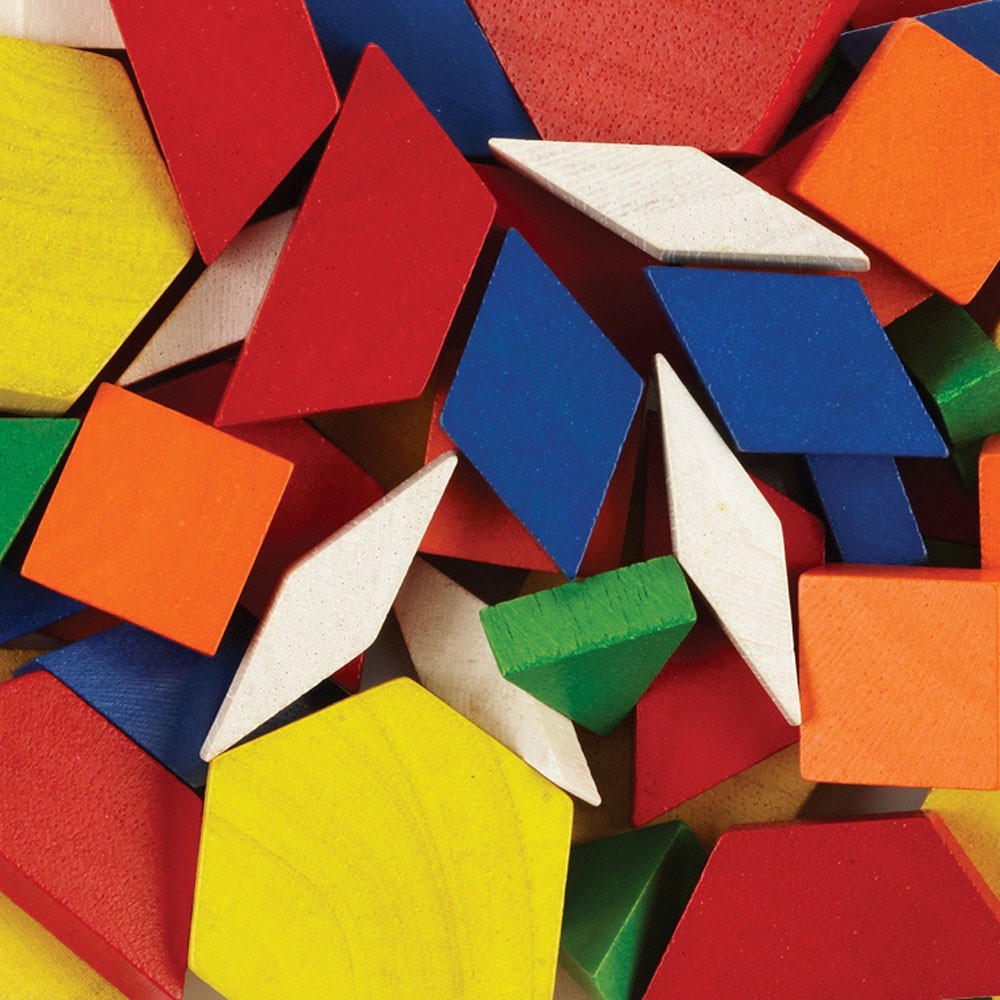

The best part was the gratification I received when my creation was complete. As play continues these designs may become more and more elegant and complex, or they become simple as the child refines his ideas."Īn example of their use is given by Meha Agrawal: "Starting from the center, I would add tier after tier of blocks to build my pattern - it was an iterative process, because if something didn't look aesthetically appealing or fit correctly, it would require peeling off a layer and reevaluating ways to fix it. The EDC Teacher's Guide continues: "Many children start by making abstract designs - both symmetrical and asymmetrical. Square (Orange) with the same side-length as the green triangleĪll the angles are multiples of 30° (1/12 of a circle): 30° (1×), 60° (2×), 90° (3×), 120° (4×), and 150° (5×).Ī symmetrical pattern block design created by eight year olds.

Regular Hexagon (6 triangles) (Yellow) that can be matched with six of the green triangles.Trapezoid (half hexagon or 3 triangles) (Red) that can be matched with three of the green triangles.30° Narrow rhombus (Beige) with the same side-length as the green triangle.60° rhombus (2 triangles) (Blue) that can be matched with two of the green triangles.Pattern blocks sets are multiple copies of just six shapes: Among other things, they allow children to see how shapes can be composed and decomposed into other shapes, and introduce children to ideas of tilings. The six shapes are both a play resource and a tool for learning in mathematics, which serve to develop spatial reasoning skills that are fundamental to the learning of mathematics. Pattern Blocks are a set of mathematical manipulatives developed in the 1960s.


 0 kommentar(er)
0 kommentar(er)
